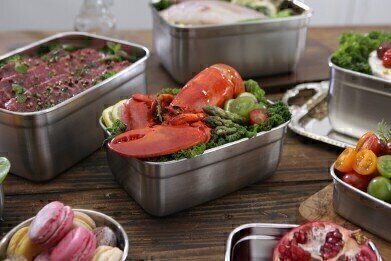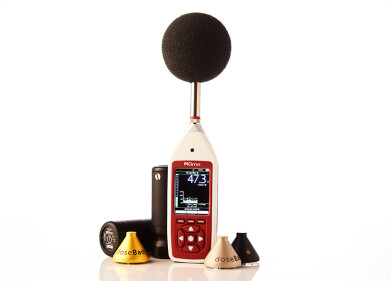Health & safety
4 Alternatives to Plastic Food Containers
Nov 04 2022
There’s no doubt that plastic has revolutionized the way we store our food. From the invention of clingfilm in 1908 to Tupperware containers in the 1940s to the first Ziploc bag in the 1960s, the affordability, flexibility and airtight properties of plastic have made it a great fit for the kitchen. However, new evidence has emerged that indicates plastic might not be the best for drinking water out of, let alone storing or heating food up in.
That’s because over time and in high temperatures, plastic can leach harmful chemicals into the food it contains. Although little is known about the long-term impacts upon the human body of these substances, preliminary research indicates that it could compromise reproductive, coronary and pulmonary functions of the body, as well as possibly contributing to the contraction of cancer. Not to worry, however, as there are plenty of alternatives to plastic food containers available today.
Glass
As a chemically inert material, glass will not leach any harmful toxins or substances into your food, regardless of the temperature it reaches. That means it’s safe to place in both the microwave and dishwasher, while its non-porous nature means it won’t absorb odours from your meals, either. And because it’s constructed from entirely organic materials (sand, soda ash, calcium carbonate and recycled glass), it’s extremely sustainable, to boot. What’s not to like?
Stainless steel
Stainless steel is another strong option as a replacement for plastic food containers, since it is lightweight but airtight and leakproof, if manufactured correctly. There is no chance of a stainless steel box contaminating your food with damaging forever chemicals or other substances, though it’s a good idea not to keep acidic foods inside stainless steel containers, since a reaction could cause the metals to disperse. It withstands heat well and can handle the dishwasher or oven just fine, but don’t put it in the microwave or it may well explode.
Cloth
Obviously, cloth is not an airtight material and so this should not be used to store sensitive foods or indeed any items for a longer period of time. However, it’s lightweight, organic and can be easily washed and reused, making it a great option to store sandwiches or other snacks on a day trip or work commute. You can easily sew your own cloth food pouch, but if you’re not such a dab hand with a needle, plenty of readymade options are available too.
Cardboard
Another alternative which is more breathable than glass or stainless steel, cardboard should not be used to store perishable goods for an extended period of time. However, it’s moisture proof and heat-resistant, so popping it in the microwave won’t incur any ill-effects. What’s more, it’s 100% compostable and recyclable, so you can purchase a takeaway in a cardboard container and throw it away after use without any of the environmental guilt that plastic or polystyrene receptacles bring.
Digital Edition
IET 35.2 March
April 2025
Air Monitoring - Probe Sampling in Hazardous Areas Under Extreme Conditions - New, Game-Changing Sensor for Methane Emissions - Blue Sky Thinking: a 50-year Retrospective on Technological Prog...
View all digital editions
Events
May 10 2025 Karachi, Pakistan
May 11 2025 Vienna, Austria
May 11 2025 Seoul, South Korea
Salon Analyse Industrielle & Instrumentation
May 14 2025 Paris, France
May 15 2025 Istanbul, Turkey






_(4427399123)-(2).jpg)












